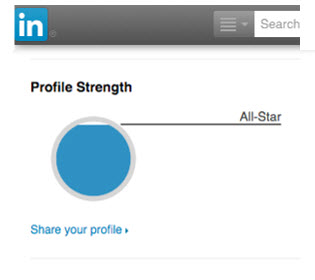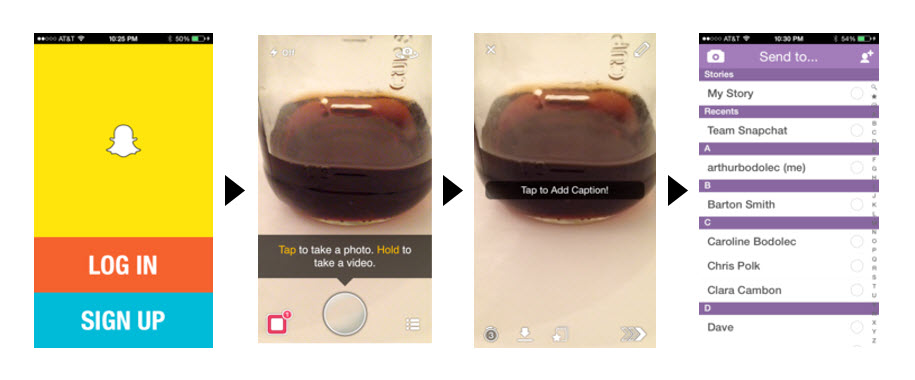Gamification is the concept of including fun elements in your service in order to add delight to the user experience. These game elements can be added to any communication channel such as websites, apps or software programmes and are used to persuade customers towards a desired outcome.
Why is Gamification useful?
Gamification can create a positive user experience and:
- Increase loyalty (by making use habitual)
- Increase engagement by motivating customers to use the service
- Help customers learn the service faster and guide correct usage
- Combine your business goals with customers’ needs and goals
- Help quantify and track user participation
- Make a service more appealing and satisfying to use
Gamification Elements
There are a lot of game elements and mechanics that can be included in your system design.
These include:
- Achievement or progress indicator bars
- Incentives and rewards (real or virtual) e.g. points, badges, status titles, tiers
- Leaderboards
- Tasks, challenges and levels
- Time constraints
- Appointments (encourages use of the system at specified times)
- Rules
- Onboarding (a type of tutorial where correct use of the system is taught during the first use (learning by doing)
- Scaffolding (on-the spot help)
Some examples of gamification elements:


How does it work?
Game elements harness different aspects of human behaviour such as motivation, competitiveness, relatedness, attention, altruism, collaboration, ownership, loss aversion and discovery. Gamification also incorporates Cialdini’s principles of persuasion, including social proof, commitment and scarcity.
Most elements encourage use of a system by appealing to three innate human needs :
- Relatedness: the feeling of being connected to others
- Autonomy: feeling in control of our own actions
- Competence: feeling efficient and confident when using the system
By meeting these three needs, gamification elements contribute towards a better user experience.Leaderboards, for example, appeal to all three needs. We can see how we compare to others (relatedness), we can change our position on the board (autonomy) and there is the possibility of success by reaching the top of the leaderboard (competence).Some elements, such as levels and tasks, reinforce target behaviours using positive feedback or rewards (operant conditioning) when the target behaviour is exhibited, motivating a user to learn the system.
Sounds too good to be true…. Is it?
There are occasions when a service cannot be gamified or activities that don’t require a motivational boost to be performed. These behaviours are usually intrinsically motivated. Rewarding intrinsic behaviours reduce the likelihood that users will complete these tasks without rewards in the future which is not a desirable outcome.
Want to learn more?




